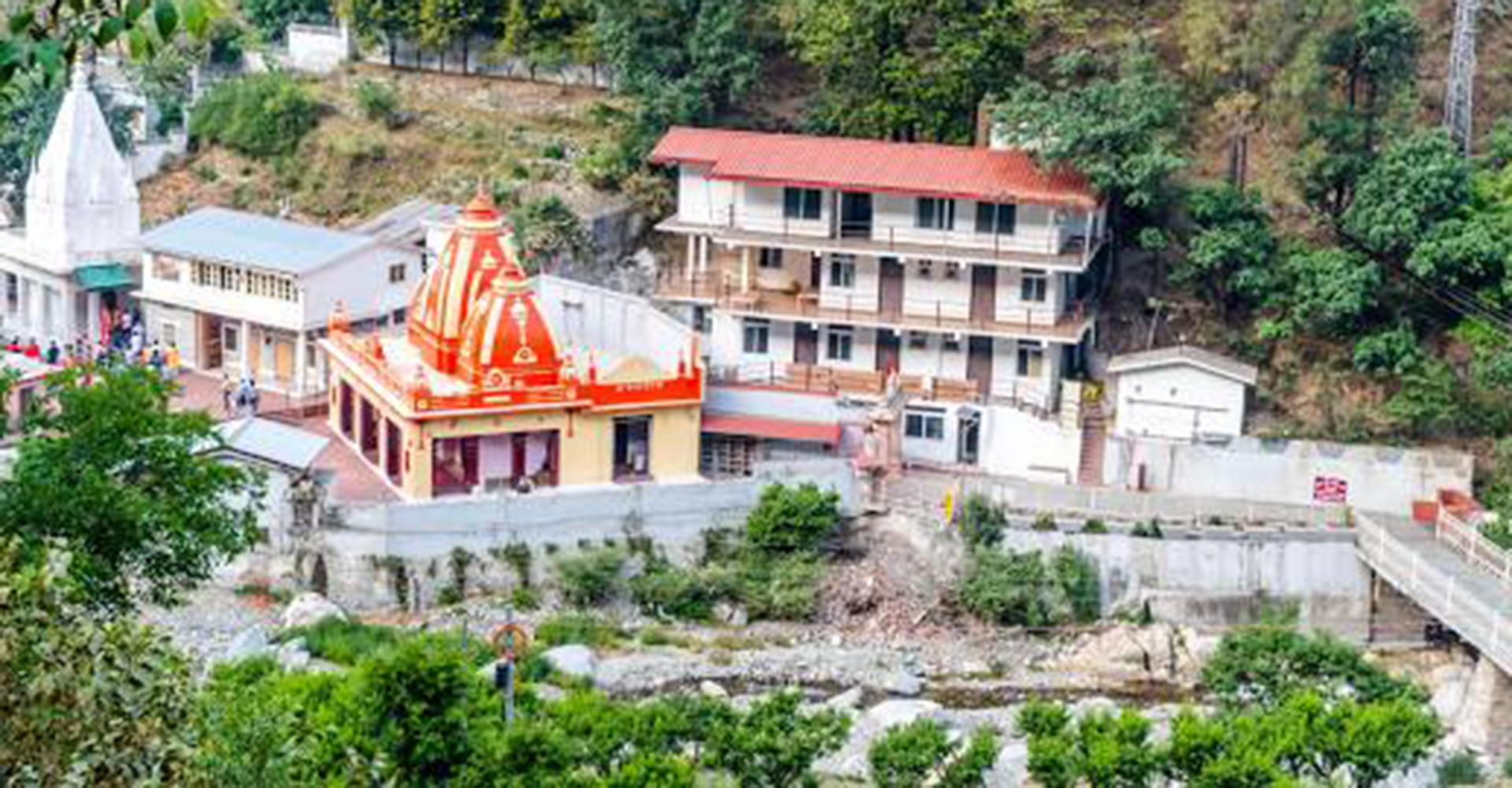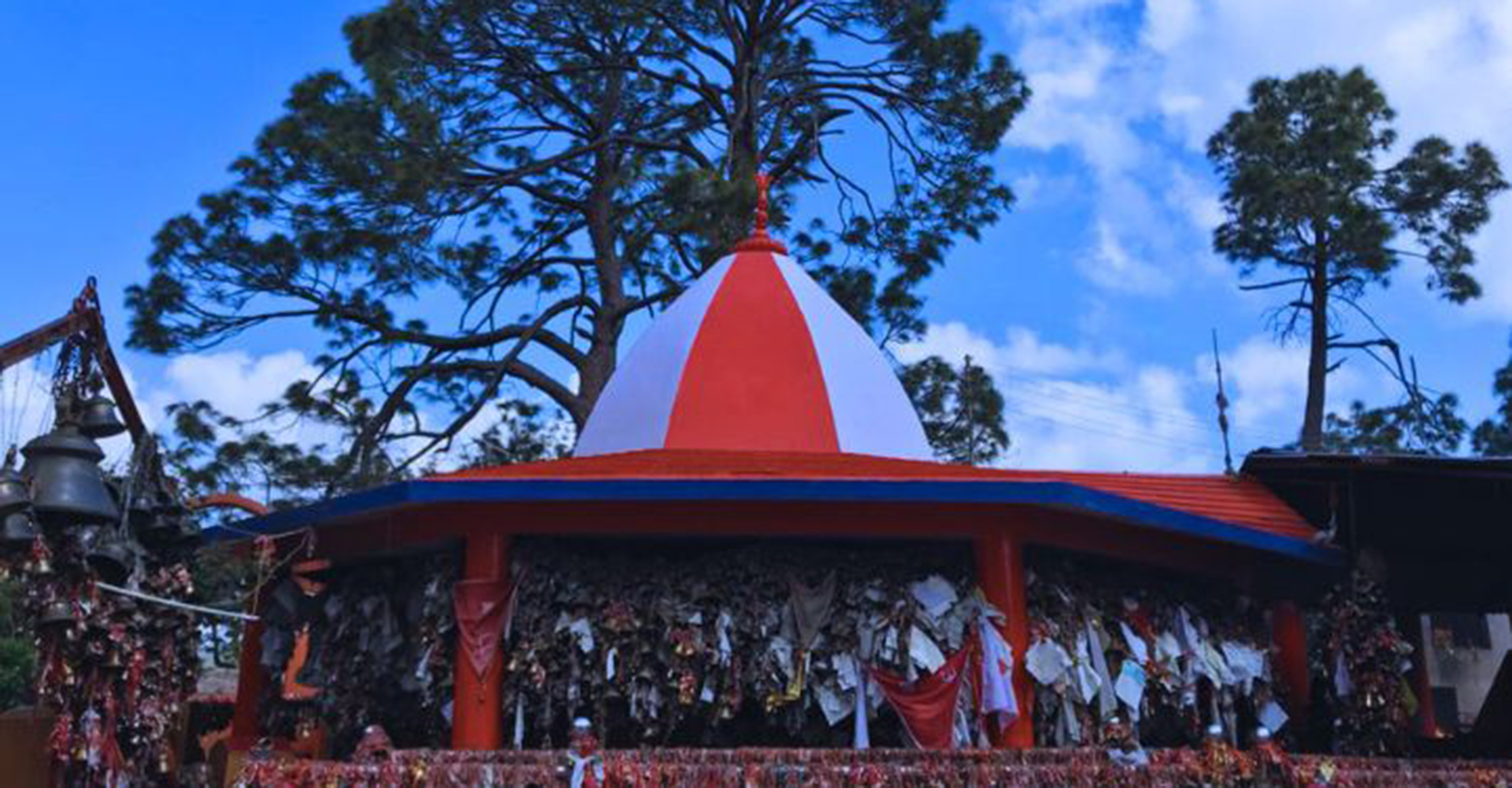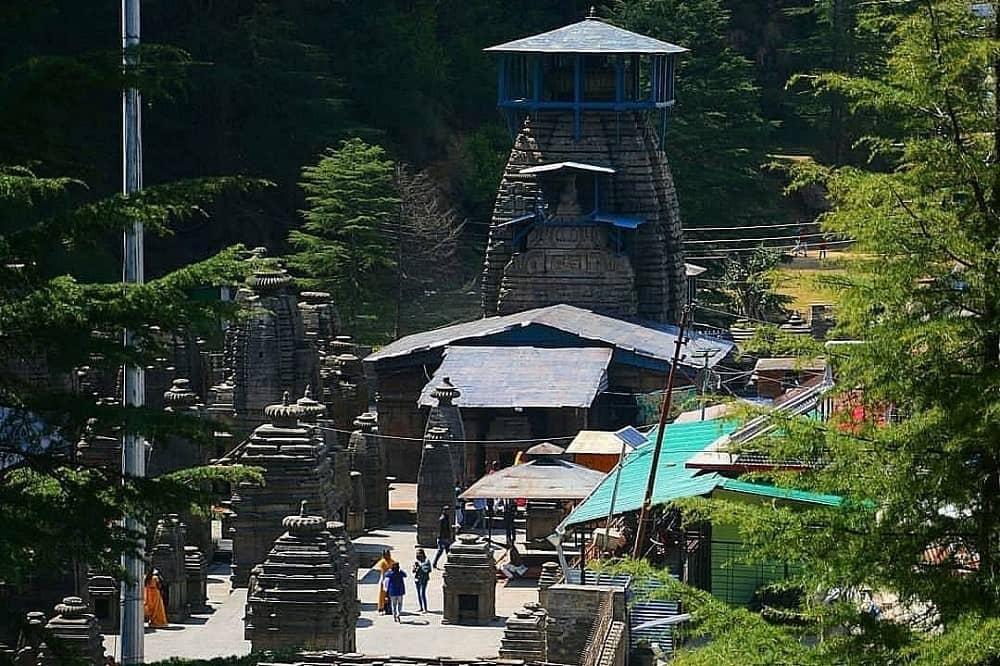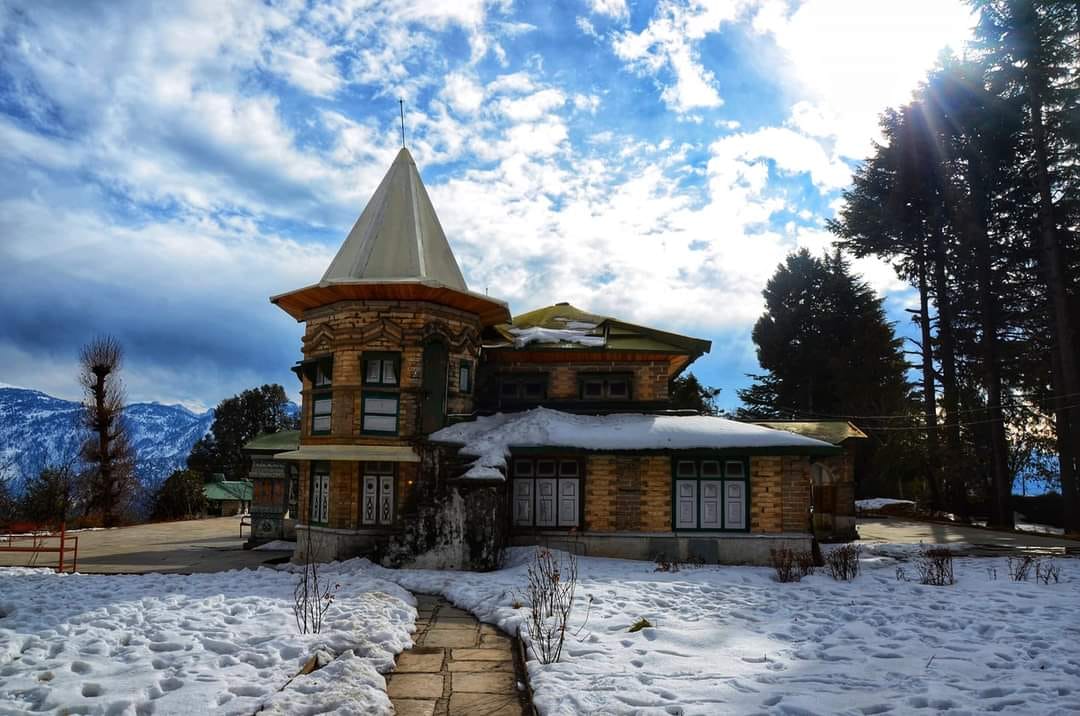Tour Packages

Kainchi Dham
Kainchi Dham is a beautiful Mountain ashram located in the Kumaon Hills in Uttarakand. The first temple was inaugurated in June 1964. It is approximately 38 km from Nainital. Many hundreds of people visit the temples here every day, in season. Rules are strictly enforced and individuals staying at the ashram are required to participate in morning and evening arati. The ashram is closed for a large portion of the year, because it becomes very cold Kainchi Dham is famous for being the site of the ashram of Neem Karoli Baba, a revered Indian saint. The ashram is a destination for spiritual seekers, and is known for its charitable work. Ashram is Open Daily 6:45 a.m. to 8:00 p.m.

Golu Devta Chitai
The famous Temple of Chitai Almora is the Golu Devta Chitai temple, dedicated to Gollu or Goljyu Devta an Avtar (incarnation) of Lord Shiva in the form of Gaur Bhairav. Although there are many temples of Golu Devta in Almora but the Chitai Golu Devta Temple is the most sacred one. It is reputed to make every wish come true, provided the worshipper ask for it with a clear conscience. The temple is situated at 9kms from Almora.

Jageshwar Dham Temple
Jageshwar Dham temple is located in the Almora district of Uttarakhand, Jageshwar is a cluster of more than 100 stone temples, dedicated to Lord Shiva, which have inspired its popular name, “Valley of Gods”. Some small, while others very prominent, the temples reflect the finest architecture and are set against a backdrop of verdant mountains and the sparkling Jat Ganga stream. A heritage site protected under the Archaeological Survey of India (ASI), the temple complex has around 125 temples and around 174 sculptures, including idols of Lord Shiva and Parvati. Over 25 inscriptions have been found on the walls and pillars of some of these temples. According to the ASI, the temples are estimated to be about 2,500 years old and belong to the post-Gupta and pre-medieval eras. They were mostly built and renovated by the Katyuri dynasty kings. In recent years, a red sandstone pillar has also been discovered here with engraved figures of humans and spiritual figures. The pillar is said to be built in 1st century BC. Jageshwar draws crowds during the Jageshwar Monsoon Festival, in the month of August, and during the Shivratri Mela, in spring.

Patal Bhuvaneshwar
Patal Bhuvaneshwar is surrounded by lofty peaks of Himalayan range in Uttarakhand. It is a limestone cave temple dedicated to Lord Shiva himself. Legend has it that the cave serves as a gateway to the netherworld, where the divine trinity—Brahma, Vishnu, and Shiva—reside in eternal harmony. it is one of the most enthralling destination of the Kumaon region situated at a distance of 13 km from Gangolihat. The temple is situated in the Bhubneshwar village at an altitude of 1350 m above sea level. This temple is said to be one of the most blessed temple of Lord Shiva and yields a hundred times the fruit of prayer at Kedarnath, Baidyanath or Kashi. The length of the cave is 160 m and depth from the entrance point is 90 feet. The cave of the temple has a tapered tunnel like entrance and it leads to a number of other caves. It is said that Pandava Brothers from Dwapar era passed their life in these caves during their banishment from Hastinapur. The flow of the water cut the rocks in such a captivating way that it feels that any artist had made all the statues on the wall of the caves. Patal Bhuvaneshwar is not only one cave but a city of several caves. Each cave leads to another cave having deep secrets from within. There is a motorable road to cave which ends half a kilometer away from the entyrance of the cave. Stepping into this cave gives a devastating feeling that one has come to the centre of the earth. Every rock and each stone of the cave is contained with mythological manifestation of Hindu Gods, Goddesses and other known characters.

Adi Kailash or Chota Kailash
The Adi Kailash or Chota Kailash is located in a different direction, near Sin La pass and near Brahma Parvat, the base camp of Adi Kailash is 17 km from the Kutti village at sacred Jolingkong Lake with Lord Shiva temple. Om Parvat can be viewed in route to the Kailash Manasarovar Yatra from the last camp below Lipulekh Pass at Nabhidhang India-China border post protected by the Indo-Tibetan Border Police also has Public Works Department guest house on the Indian side. Many trekkers to Adi Kailash often make a diversion to view Om Parvat. Om Parvat is located near Nabhi Dhang camp on Mount Kailash-Lake Manasarovar yatra route. According to ancient beliefs, Lord Shiva resides in Adi Kailash along with Goddess Parvati, Lord Ganesha, and Kartikeya. The region exudes a divine aura, making it a profound site for spiritual awakening and self-purification. The Adi Kailash Yatra Circuit begins by going up the Vyas and Darma Valley via the Sin La pass to join the Mount Kailash-Lake Manasarovar Tibetan pilgrimage route down the Sharda River (also called Mahakali River). Motoroable Route to Adi Kailash is via Gunji. While approaching Gunji from Dharcula and the rest of India, the route along the western bank of Sharda River (also called Mahakali River) at Gunji forks into two separate motorable routes, one goes north to Kailash-Mansarovar and another to the west to Adi Kailash In July 2020, India also opened a newly constructed road in this area from Gunji to Limpiyadhura Pass (Lampiya Dhura Pass on India-China border) which has reduced the trek time to Adi Kailash to two hours. Earlier in May 2020, India had inaugurated a new 80 km long road from Dharchula via Gunji to Lipulekh Pass on India-China border [under geostrategic India-China Border Roads project] to the Kailash-Manasarovar.

Narayan Ashram
Narayan Ashram is a spiritual center located in Pithoragarh district of Uttarakhand . The ashram was established by Narayan Swami in 1936, about 136 kms north of Pithoragarh and 14 kms from Tawaghat. This spiritual cum socio educational centre is set at an altitude of 2734 metres amidst scenic surroundings. It has a school for local children and imparts training to local youth. There is also a library, meditation room and samadhi sthal.